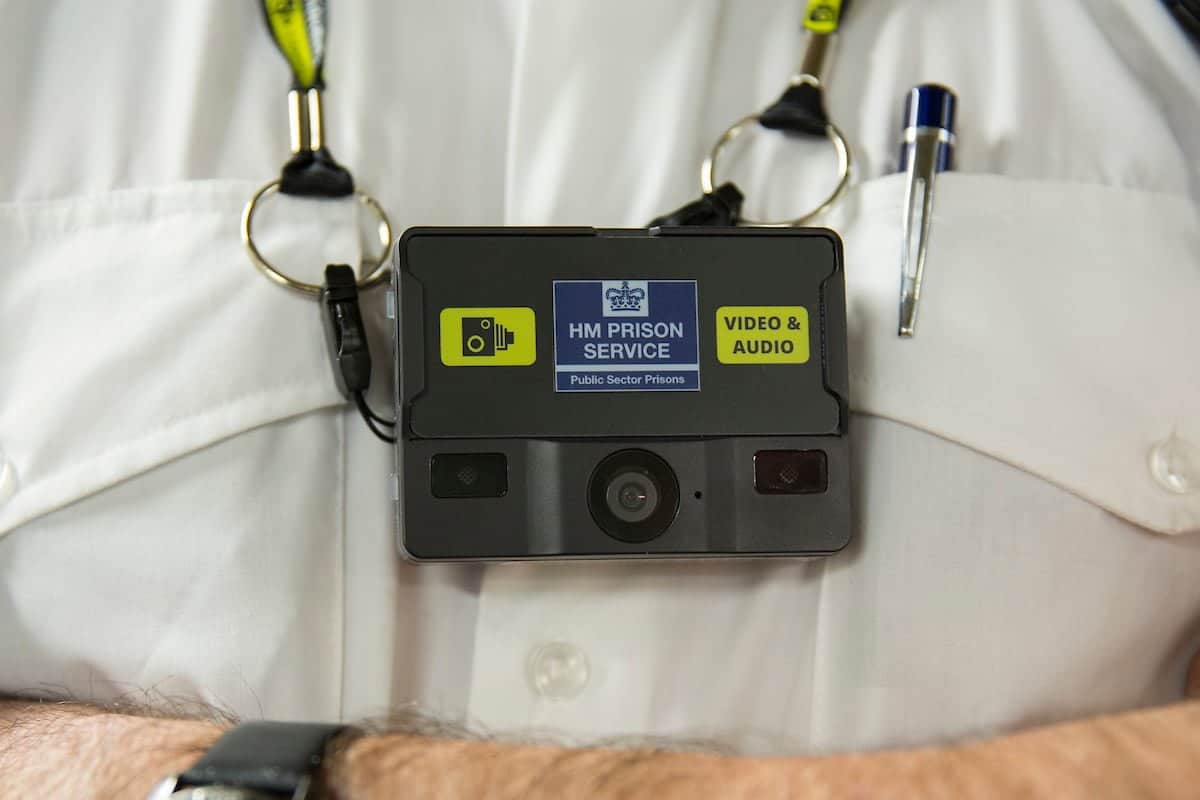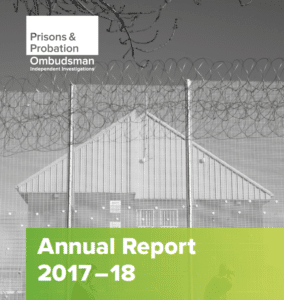Policy into practice
Use of force
Yesterday (15 February 2024), the Prisons and Probation Ombudsman, Adrian Usher, published the second in its “Policy into Practice” series which combines Policy and case studies to highlight learning from their investigations on how policy is applied in practice. This edition focuses on the vital issue of use of force.
The Ombudsman says that When they are investigating complaints about the use of force, the question of whether force was used is rarely in dispute. The most common question for investigations is whether that use of force was necessary, reasonable and proportionate in the operational context and specific circumstances of the case.
Other options
The Use of Force Policy Framework explains that “staff must consider what options other than force are available to them, and act accordingly.” The case study included below shows that this is not always the case:
A prisoner made a verbal threat to an officer. Immediately after making the threat, the prisoner turned around and started walking back to his cell. While walking away from staff in the direction of his cell, seemingly complying with their instruction to return to his cell, staff initiated the use of force.
When determining whether the use of force was necessary, the PPO considered whether it was necessary for staff to use force to protect themselves and/or others. There was no evidence or suggestion that there was any threat to other prisoners and he was walking away from staff at the time. For this reason, the PPO concluded that it was not necessary for staff to use force.
The PPO comments that this case demonstrates the importance of not initiating use of force, even at a low level, when it is not necessary as incidents can escalate and result in the need to use control and restraint techniques which clearly increase the risk of harm to both staff and people in prison.
De-escalation
The document emphasises the importance of staff seeking to defuse confrontational situations and resolve them peacefully, without the use of force wherever possible. Even where forces used, the PPO says that attempts to de-escalate should continue throughout the incident.
Body worn video cameras
The document emphasises the importance of body worn video cameras when officers are faced with conflict or confrontation. It notes that where situations escalate and staff consider the use of early recording, cameras can act as a de-escalation tactic as well as providing evidence of actions taken leading up to and during a use of force incident.
The PPO is critical of incidents where staff had good cause to believe they might use force but did not activate their cameras. The case study below provides an example:
An officer entered a cell to issue an IEP warning to Mr B who raised his voice and became abusive towards the officer. The officer then returned to issue Mr B with a second IEP warning which he refused to sign. The situation escalated and when Mr B came into the officer’s personal space brandishing a pen, it was not unreasonable for the officer to use force as they deemed their personal safety to be at risk.
However, the escalation of the situation and the use of force could have been avoided by the officer not re-entering the cell at that time to serve the second warning, given the already heightened situation. The officer also had the opportunity to exit the cell once Mr B had initially started to demonstrate his frustration.
Cameras were not activated until after Mr B had been taken to the ground. It was clear that staff were reasonably aware that this incident might have escalated to confrontation. Another officer chose to remain nearby in case the situation escalated. Therefore, the camera should have been activated earlier as a potential de-escalation tactic and also to capture the events of what happened leading up to and during the start of the use of force.
The role of healthcare
Prisoners are required to see a registered health care professional within 24 hours of force being useful the professional must examine the prisoner and recall that the prisoner has been seen even if it appears that the prisoner has not sustained any injury. The PPO records instances where the health care examination was no more than a glance through an observation panel. The document also includes a case study where a nurse arrived to see a prisoner following the use of force that staff refused to unlock him.
Governance
The PPO records that he has seen impressive models for use of force committees in prisons which include the review of every incident with those in attendance including a deputy governor, head of residence, head of safety, use of force instructors and the Independent Monitoring Board. The use of force instructors are therefore able to embed any learning from these reviews into their refresher training. This approach also provides assurance that there is scrutiny of use of force incidents at a senior level as well as ensuring that learning is shared and embedded in training.
Thanks to Andy Aitchison for kind permission to use the header image in this post. You can see Andy’s work here








